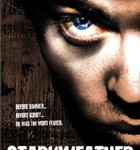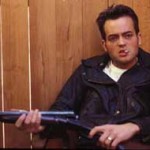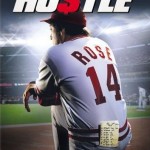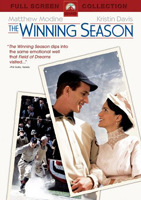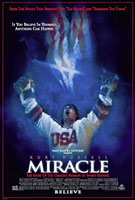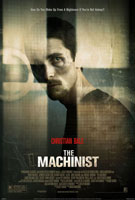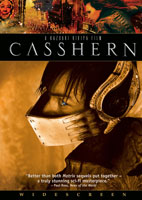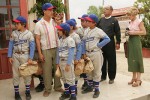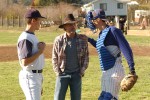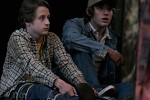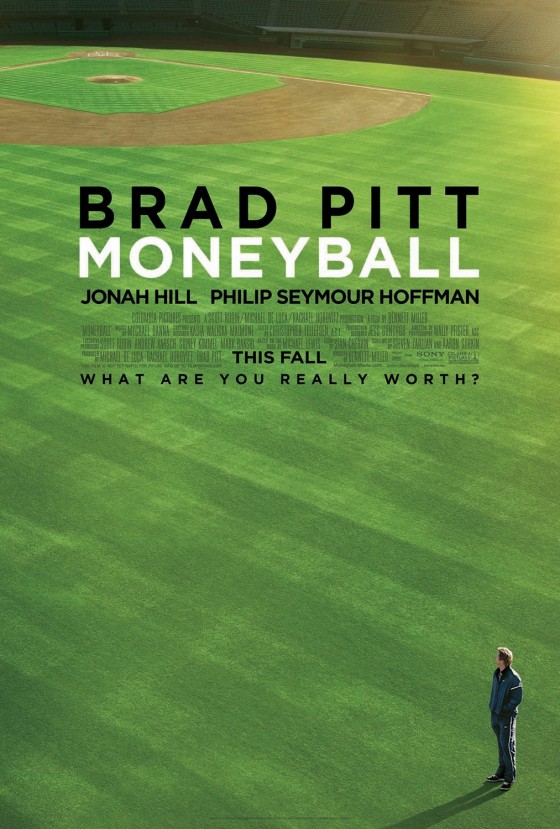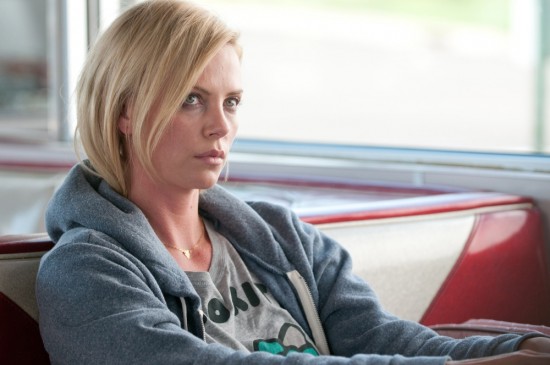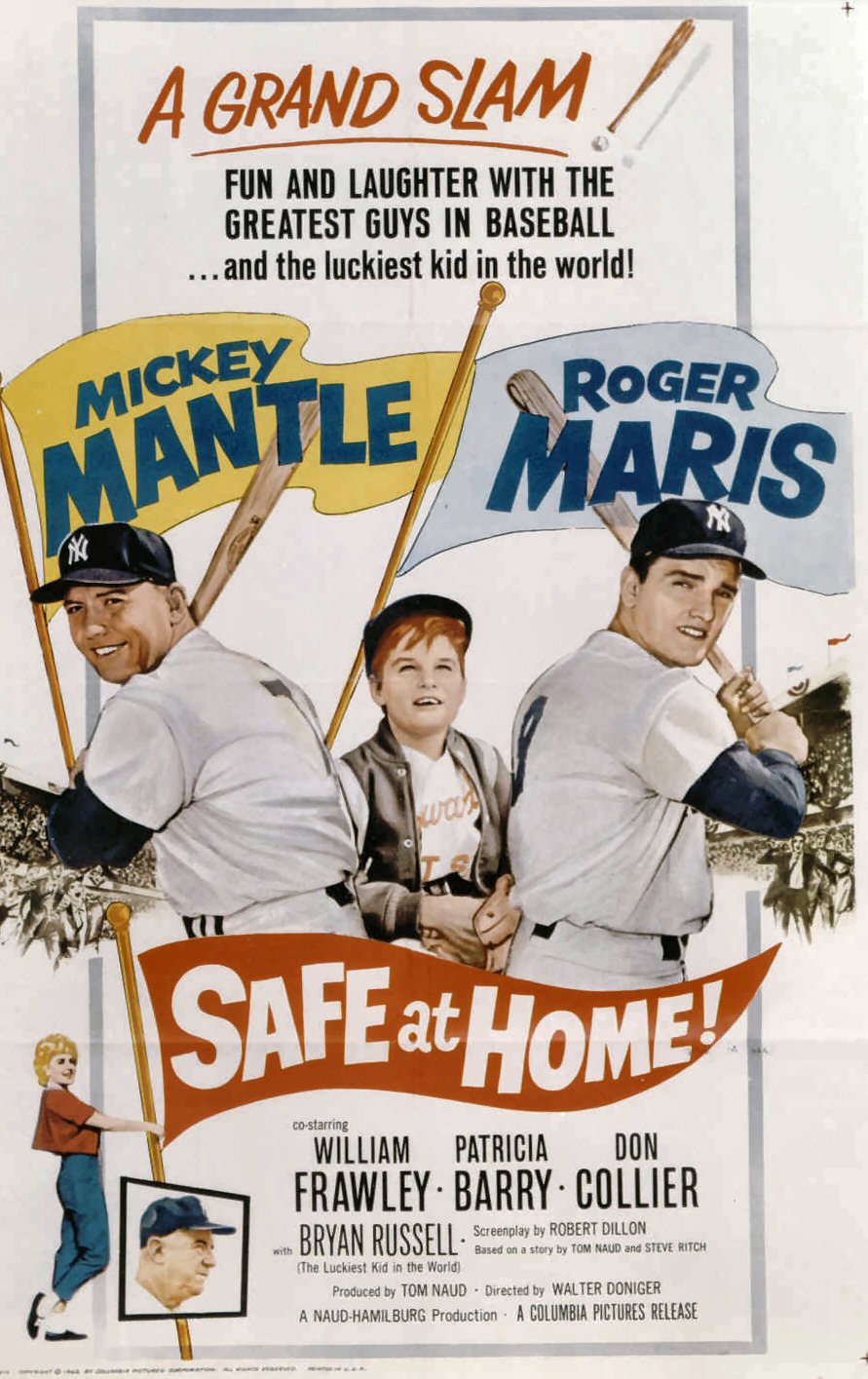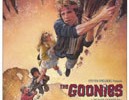Glorified violence has a long history of stirring up controversy when it finds itself in film. Natural Born Killers, Pulp Fiction and Reservoir Dogs are just a couple of films that have generated such arguments that it makes violence ‘cool’ to the perfect little angels who watch them.
In most instances I’d argue something different, that violence is often a device to instill a sense of irony or to take a stance against violence. Natural Born Killers isn’t about making heroes out of serial killers. It’s a film about the media creating heroes out of a couple of serial killers through sensationalism. Sure, director Oliver Stone uses excess amounts of blood. That’s part of the point.
Byron Werner’s Starkweather is deserving of some of the controversy though as it doesn’t use violence to drive home a point or to make a statement. Instead Starkweather is the kind of mean-spirited film that uses violence as a way of selling itself and shocking its audience.
It sets out to tell the story of Charles Starkweather (Brent Taylor) who is regarded as the first spree killer in America. Along with his girlfriend, Caril-Ann Fugate (Shannon Lucio), the film follows the pair as they set out in the cold killing ways leaving 11 dead bodies in their path. The problem I have is is that there doesn’t appear to be much of a story behind the killings. Charles is egged on by an imaginary cowboy (Lance Henriksen) who lurks in the shadows and talks down to the teenage killer much like an abusive father. That’s the motivation for the entire film – a shadow-lurking cowboy. Caril-Ann’s motives are equally sparse. After Charles admits to making his first kill to impress her, she simply switches to doe-eye mode and claims it’s the sweetest thing anyone’s ever done for her.
While these motivations might be true, there is also a large back story somewhere that would explain why the pair are so fragile. Without the back story, Starkweather is glorified violence because it’s just telling about the event and not the people behind it.
It’s also hard to get into the context of the film because of its casting. When all of this went down in the 1950’s, Charles was 16 and Caril-Ann was just 14. Taylor and Lucio both appear to be very well into their mid-20’s. This is important because a 16-year-old is still very much a child while someone 10 years their senior has entered full fledged adulthood. Although Taylor and Lucio are both solid in their performances, the context of the entire film is switched at the end when the title cards reveal the ages of the main characters.
Teenage spree killers would tell a different story than adult spree killers. There’s different things running through their minds and their logic would also be very different. Starkweather, however, doesn’t look for the logic in either instance as it simply aims to shed blood rather than observation.
Starkweather Gallery
